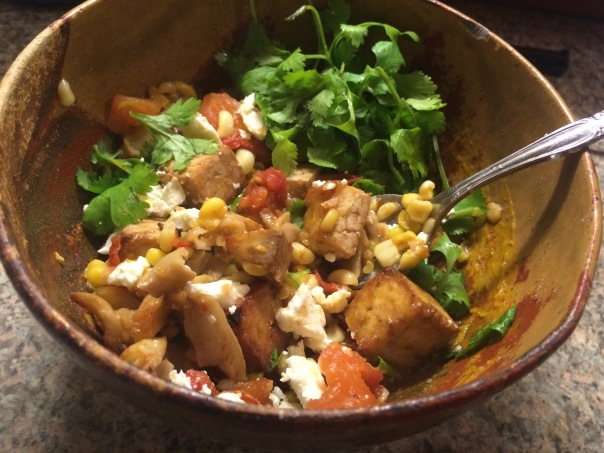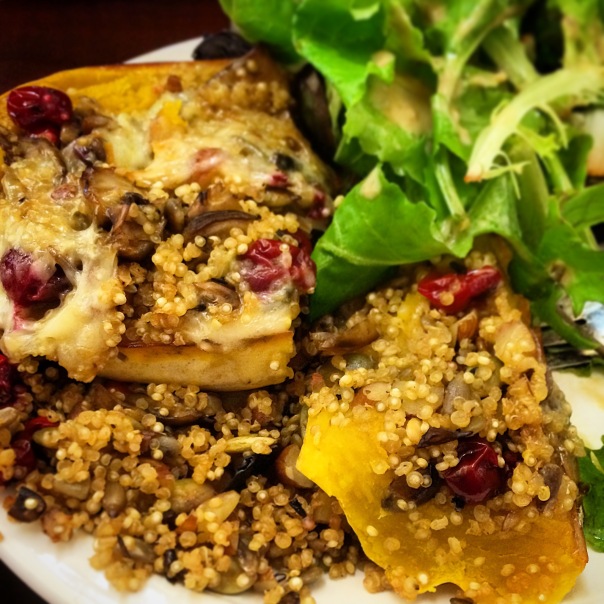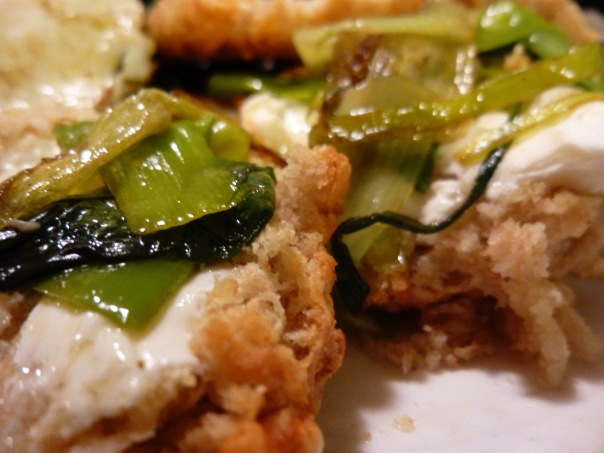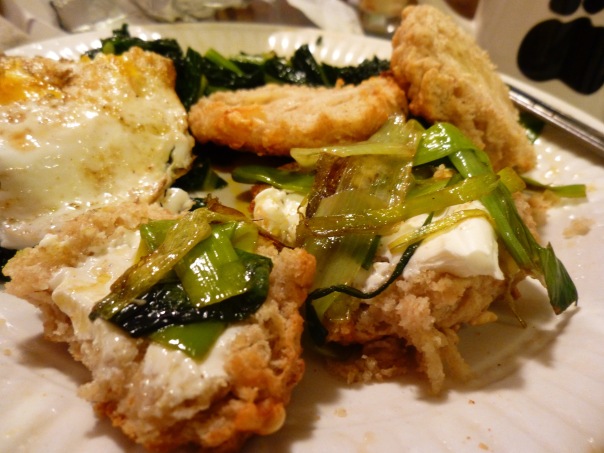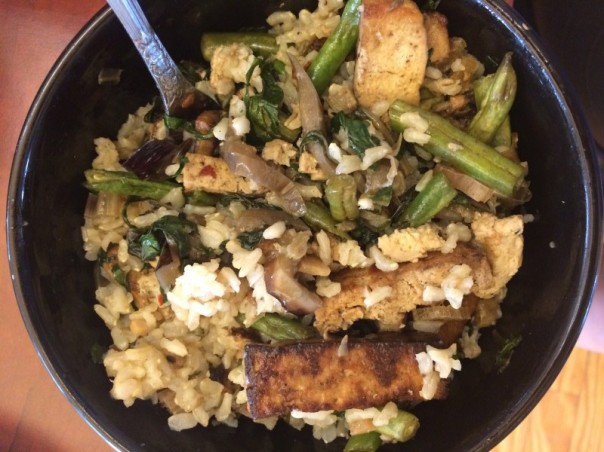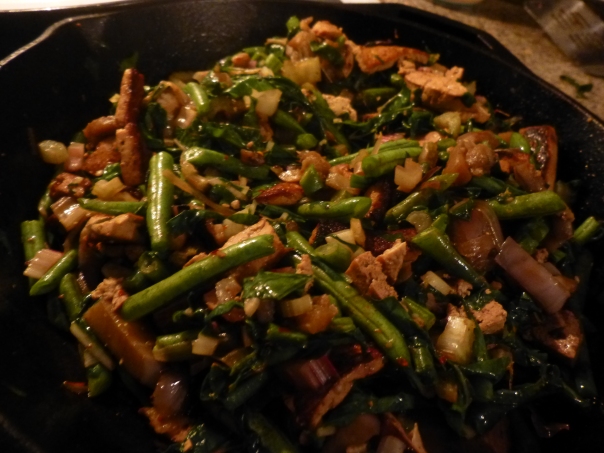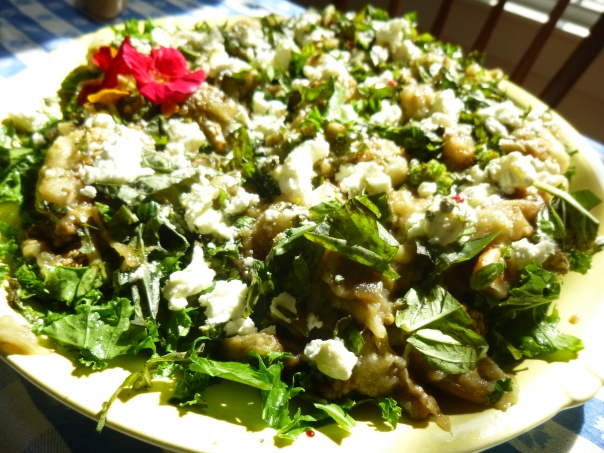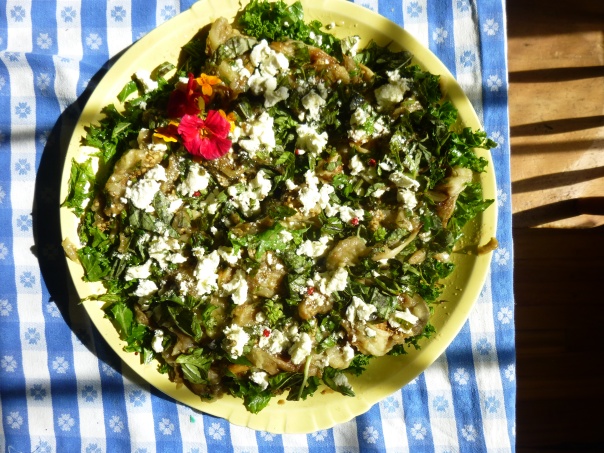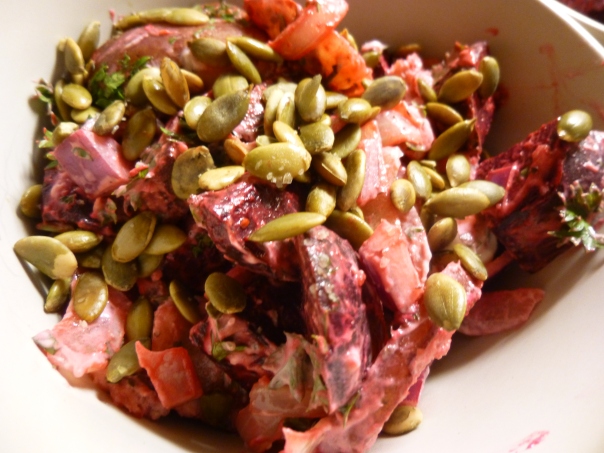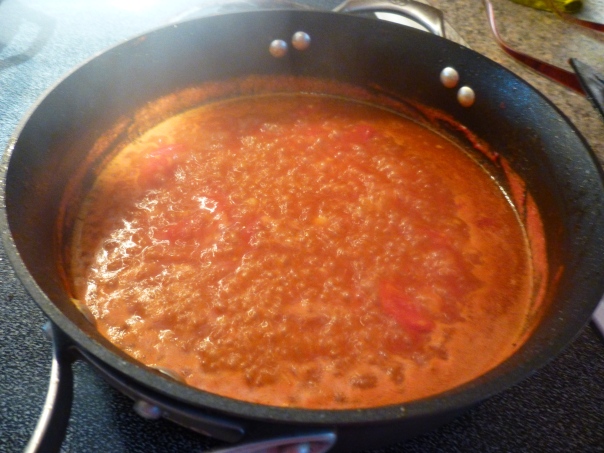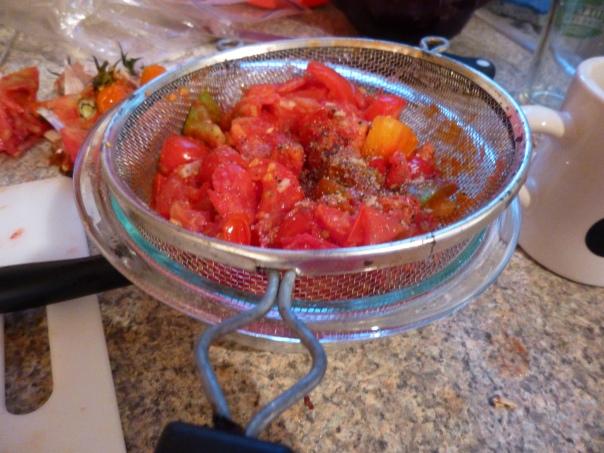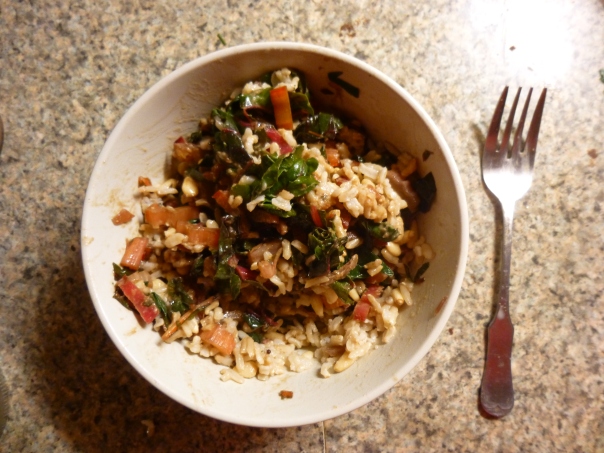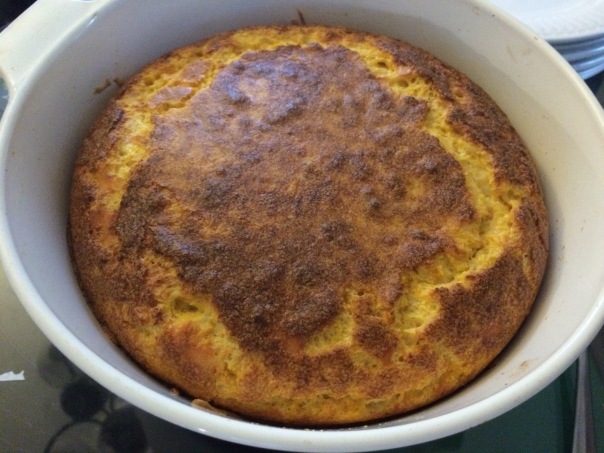
Hello, everyone.
You may have noticed I haven’t posted in a little while. I would like to apologize but also admit to you that I do not always prioritize my little blog: after working (and I was traveling for work a great deal in January, consuming an exorbitant amount of my time), I also like to sleep, and get outside, move my body, and yes, cook. I do sometimes cook things without telling you, or even Instagram (although it is much easier to snap a photo and post than write a whole recipe out, so that does happen more frequently).
I did have a lovely little sojourn in the city of my birth, San Francisco, where you can follow my food-biking tour around the city via Instagram. Here’s how it went: bike—Tartine (best chocolate croissant I’ve ever had)—bike—Ferry building farmers’ market—walk-Chinatown (bought tea)—walk—Rancho Gordo lunch at Ferry building, and coveting everything else—bike—Pier 39 and sea lions—bike/walk (too much hill to straight bike)—Lombard Street—bike—Ghiradelli sundae + break for digestion—bike—Chrissy Field beach relaxation—bike—Golden Gate Bridge—bike through Presidio—bike through Haight-Ashbury—tea break—bike through the Castro—bike home. Next day: Tartine round two, and a Mission burrito to take on the airplane. Not bad for a quick trip!
However, all that adventure aside, I am now home, and glad to be getting back into routine. I don’t promise to always post consistently, because I never know how life will go, but know that you are still important to me. Perhaps we can relax together.
It is time to take a breath.
You may then feel inclined to hold it for a moment, however, afraid to mess up what is breathing itself in the oven (soufflé is French for breath). Don’t worry, ovens are not as finicky as they used to be. Soufflés are not terribly difficult (although it helps to know a little French for reading about the components) but they are still exciting. I found myself warning my roommates not to yell too loudly, or open the oven before it was time. A classic soufflé is just some very good cheese in the base; but you can add puréed anything (leeks? caramelized onions? spinach?) for added flavor.
What I like about soufflés: they are showy, vegetarian main courses, good for brunch or dinner, don’t take too many fancy ingredients, are light, soft, and luscious, and present the magical powers of eggs quite magnificently.

Squash soufflé 1/2 butternut squash (or another variety with similar moisture content), roasted and puréed (maybe 2 cups) 3 tablespoons butter, plus a little for greasing the pan 3 tablespoons flour (gluten-free flour works!) 1 cup milk A dash each of sweet paprika, nutmeg, and a little more of salt and pepper 5 eggs 1/2-3/4 cup hard cheese: gruyere or some parmesan variation if you don't have anything fancy
If you haven’t already, roast, cool, and purée the squash (can be refrigerated at this point or before puréeing if you like).
Butter a soufflé dish, or large straight-sided dish of some kind (or ramekins/small dishes if you’d like to do individual ones). If you want, sprinkle a little grated cheese in to stick to the sides. Preheat oven to 400ºF.
Make the béchamel (white sauce): Heat up the milk (I usually use the microwave, but a stove works too), warm but not boiling. Make the roux (equal parts fat and flour, the thickener): melt butter over medium heat in a medium pan, gradually sprinkling in flour and whisking to form a paste. Gradually pour in the hot milk, whisking, and continue heating (and whisking) until thickened. Turn off heat and stir in the seasonings. Let cool for a moment.
Separate the eggs into two different bowls, the whites in a large mixing bowl (you can put the yolks right in with the puréed squash, if it isn’t hot—you don’t want to cook them prematurely). When the béchamel has cooled slightly, whisk in the yolks, squash, and cheese. It will be fairly thick.
Whip the whites until they form soft peaks, but are still shiny. Fold about 1/4 of the whites into the yolk mixture to lighten it, then gently add it back to the rest of the whites folding it all together (gently!) until no obvious streaks remain.
Pour into the baking dish and place in the oven. Turn oven down to 375ºF, and set your timer for 20 minutes. Don’t open the oven to look, since temperature variation can cause it to fall, but use your oven light (if you have one) to watch it puff up and brown on top. After 20 minutes (although it will probably take closer to 30, so try not to be too excited), you may open your oven briefly to check. It is done when it is all puffed, golden brown, and doesn’t jiggle anymore when delicately tapped.
Remove, and serve immediately. It will fall as it sits, but remain delicious.
